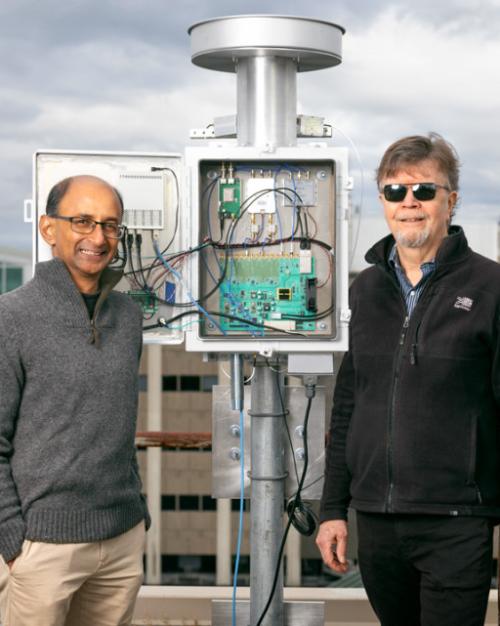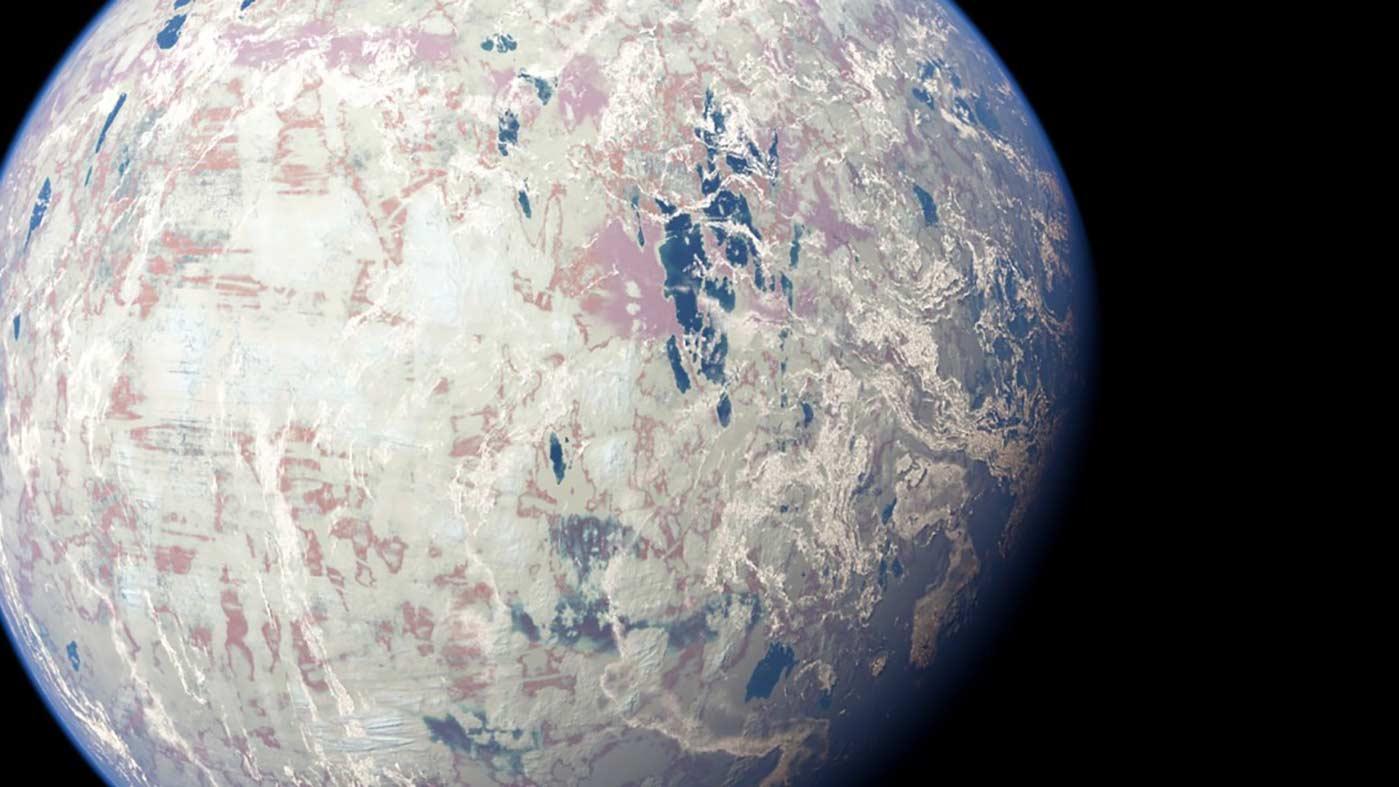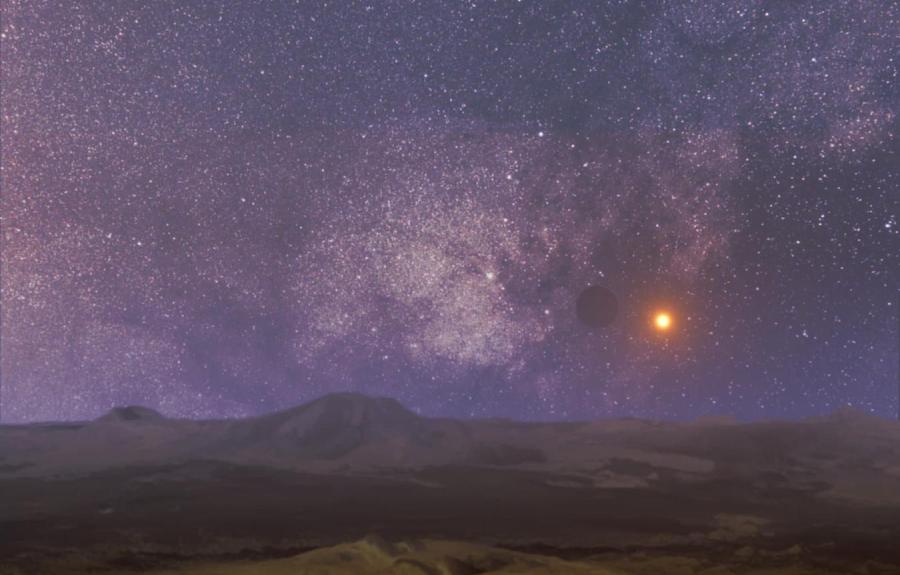

 Department Homepage
Department Homepage

The Carl Sagan Institute will create the forensic toolkit to find life on planets in our Solar System and beyond using multidisciplinary research. We explore planets, moons and planetary systems: How they form, how they evolve, and whether they can harbor life. CSI engages in a wide range of exciting science and takes an interdisciplinary approach.

Come and bring your ideas to the CSI – postdoctoral and graduate fellowships allow you to the freedom to engage in your own ideas – contact us and we’ll be happy to work with you on the applications – some links:
If you have a good idea contact us, we have several opportunities to work on a short or longer term basis and are looking for excellent candidates to fill those positions (positions are also announced periodically on AAS) – and will be posted here as well.